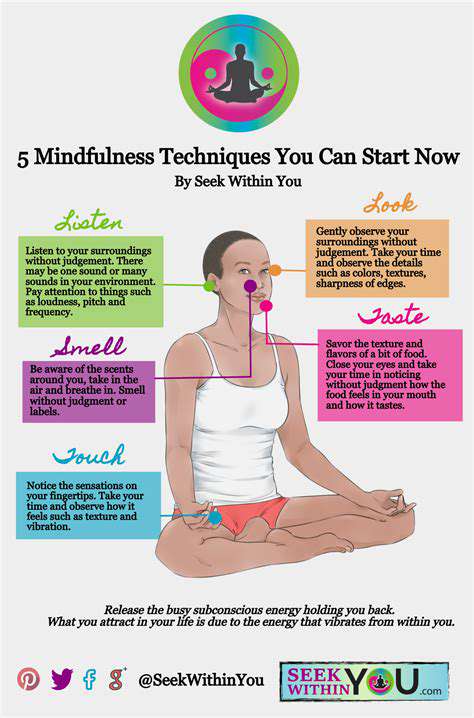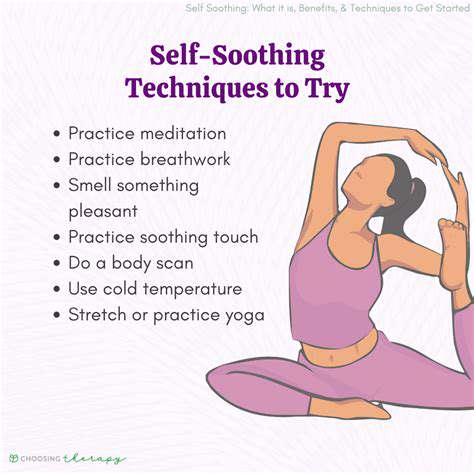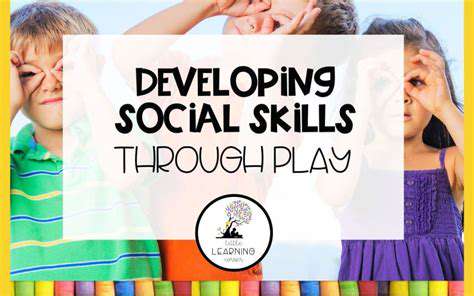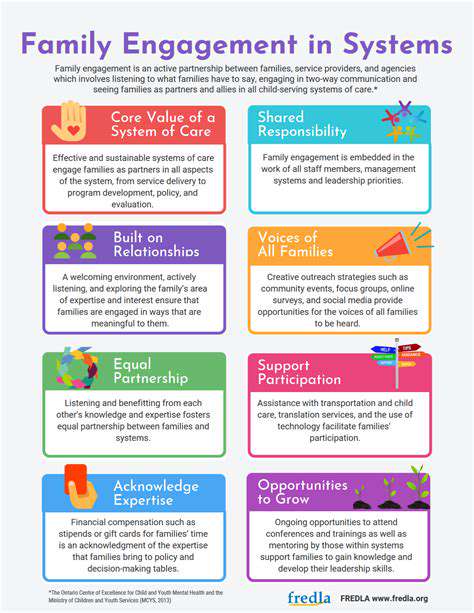Integrating Mindfulness Practices in Daily Routines
Understanding the Concept of Mindful Eating
Mindful eating is more than just a dietary trend; it's a practice rooted in cultivating awareness and appreciation for the entire experience of eating. It involves paying close attention to the sensations, flavors, textures, and aromas of food without judgment. This mindful approach encourages a deeper connection with the body's physical needs and the act of nourishment itself, going beyond the purely physical and into a more holistic experience.
By engaging in mindful eating, individuals can develop a more nuanced understanding of their hunger and fullness cues. This awareness allows for healthier eating habits, as it empowers individuals to eat in response to genuine physical needs rather than emotional triggers or mindless consumption.
The Role of Mindfulness in Healthy Eating
Integrating mindfulness into the eating process can significantly impact overall health and well-being. It helps individuals become more attuned to their body's signals, allowing them to make conscious choices about what and how much they eat. This awareness can be particularly beneficial for those struggling with emotional eating or disordered eating patterns, as it provides a pathway to reconnect with healthy eating habits.
Mindful eating also fosters a deeper appreciation for the food itself, from its origin to its preparation. This awareness can promote a healthier relationship with food, reducing feelings of guilt or shame associated with eating and encouraging a more balanced approach to nutrition.
Practical Techniques for Mindful Eating
Implementing mindful eating techniques is surprisingly simple. Start by taking a few moments to sit down at the table, away from distractions like screens or work. Savor the aroma of the food, noticing the colors and textures. As you eat, pay attention to each bite, its taste, its temperature, and the sensations it creates in your mouth and body. Notice when you're truly satisfied and stop eating when you feel that sense of fullness.
Another key technique is to eat slowly. This allows your body to process the food and send signals to your brain that you're full. Avoid rushing through meals, and give yourself permission to enjoy the process without feeling pressured to finish everything on your plate. These small shifts can make a significant difference in your relationship with food and your overall health.
Benefits and Potential Challenges of Mindful Eating
The benefits of mindful eating extend beyond improved eating habits. By increasing awareness of physical and emotional cues, individuals can often experience reduced stress and anxiety related to food. Mindful eating can also contribute to weight management, improved digestion, and a greater sense of overall well-being by promoting a healthier relationship with food.
However, like any new practice, mindful eating may present some challenges. It requires patience and consistent effort to cultivate the necessary awareness and discipline. It might take some time to break old habits and integrate mindful eating into your daily routine. With persistence, however, the benefits of this practice can significantly outweigh any initial hurdles.
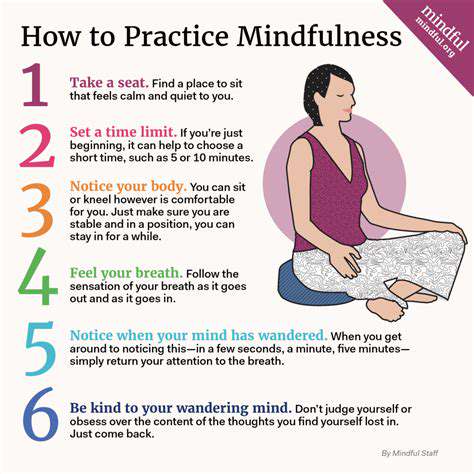
Sustaining Your Mindfulness Practice: Building a Routine
Developing Consistent Habits for Daily Mindfulness
Establishing a daily routine is essential for integrating mindfulness into your life. Consistency helps reinforce the habit, making it a natural part of your day rather than an occasional activity. Start by choosing a specific time each day, such as morning or evening, to dedicate a few minutes solely to mindfulness practice. Over time, this consistency will enhance your ability to remain present and focused throughout the day, promoting mental clarity and emotional stability.
Creating a Dedicated Space for Practice
Designating a specific, comfortable space in your home or workplace can significantly enhance your mindfulness routine. A dedicated area minimizes distractions and signals to your brain that it’s time to focus inward. Whether it’s a cozy corner with cushions or a simple chair, ensuring that this space is inviting and free from interruptions encourages regular engagement. Ritualizing this space helps reinforce the habit and deepens your connection to your practice.
In addition to physical setup, adding calming elements such as plants, candles, or soothing music can enhance the ambiance. Over time, this space becomes a sanctuary for mindfulness, supporting ongoing commitment and making your practice feel more personal and meaningful.
Incorporating Mindfulness Into Daily Activities
One of the most effective ways to maintain your mindfulness routine is to weave it into everyday tasks. Practices like mindful eating, walking, or even washing dishes help you stay present in routine activities. By paying close attention to sensory details—such as the texture of food or the sensation of movement—you cultivate awareness that extends beyond designated practice sessions. This integration fosters a continuous state of mindfulness throughout your day, reducing stress and enhancing overall well-being.
Even short, intentional pauses during busy schedules can serve as mini mindfulness breaks. Regularly practicing this way helps build resilience and keeps your mind centered amid daily demands.
Using Guided Resources to Stay Motivated
Guided meditation recordings, apps, or online courses can provide structure and motivation for your routine. These resources often include step-by-step instructions, affirmations, and breathing exercises that make practice easier to follow. Using guided tools can also help prevent boredom and deepen your understanding of mindfulness techniques, especially when you're just starting out.
Scheduling regular sessions with these resources can create a sense of accountability, encouraging you to stay committed. Over time, as your confidence grows, you may find yourself practicing independently, with the guided resources serving as a support system rather than a crutch.
Setting Realistic Goals and Tracking Progress
To sustain your mindfulness practice, it’s important to set achievable goals that reflect your current lifestyle and commitments. Whether it’s meditating for five minutes each morning or practicing deep breathing during lunch breaks, clear goals help maintain focus and motivation. Keep a journal or use an app to track your daily practice, noting how you feel before and after sessions.
Regular reflection on your progress can reveal patterns, highlight improvements, and identify areas that need attention. Celebrating small victories fosters a positive attitude and reinforces your dedication to building a lasting routine.
Overcoming Common Challenges and Plateaus
Maintaining a mindfulness routine can sometimes be hindered by distractions, fatigue, or waning motivation. Recognizing these obstacles early allows you to address them effectively. For example, if mornings are hectic, shifting your practice to a quieter time or shorter sessions can help. Remember that setbacks are normal; patience and self-compassion are key to overcoming frustrations.
In periods of stagnation, varying your techniques—such as trying body scans, loving-kindness meditation, or mindful movement—can renew interest and deepen engagement. Building flexibility into your routine ensures it remains sustainable and meaningful despite life's inevitable changes.
Participating in Community and Support Networks
Joining mindfulness groups, workshops, or online communities can provide valuable support and accountability. Sharing experiences and challenges with others fosters a sense of belonging and motivation. Community involvement also exposes you to diverse techniques and perspectives that can enrich your practice.
Regular interaction with like-minded individuals encourages commitment and provides encouragement during difficult times. Over time, these connections can transform your mindfulness routine from a solitary activity into a shared journey of growth and self-discovery.


